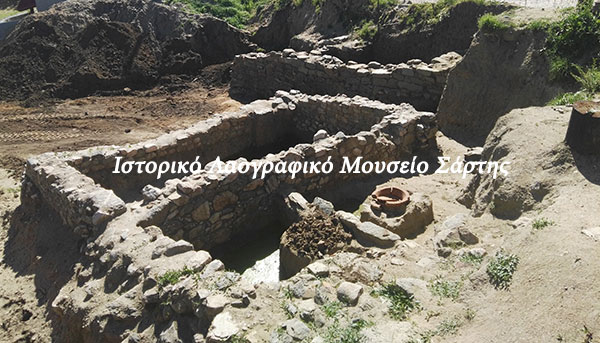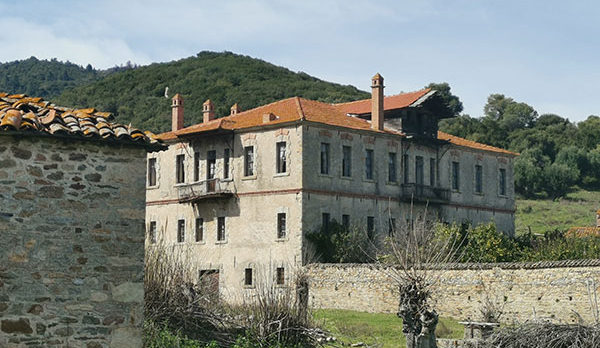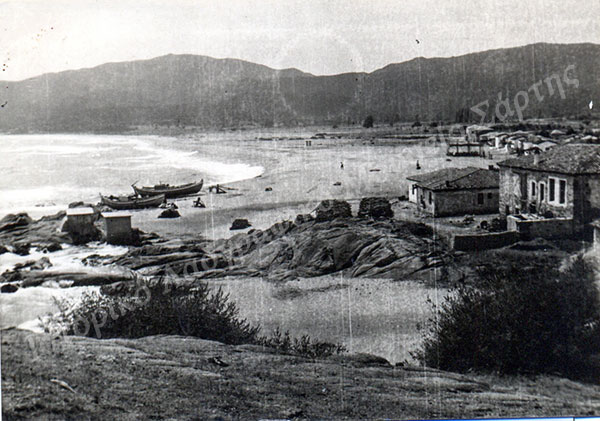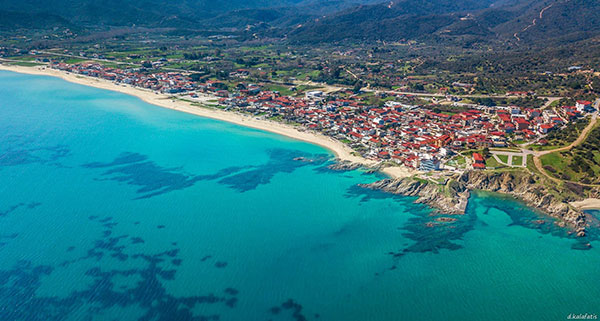Sarti before the arrival of the Afisian refugees ...
Ancient and Byzantine Sarti before the desolation ...The ancient city Sarti
In the second leg of Halkidiki, Sithonia, which according to Greek Mythology was created during the Battle of the Giants and took its name from the king of the Thracian Peninsula Sithon, son of Poseidon and Ossa, the inhabitants of Chalkida decided there in the 8th century BC. .Χ. to build their new cities. On the east side of Sithonia they built Sarti which took its name from the king of Sartio.
Sarti was one of the cities from which in 480 BC. passed the fleet of the Persian king Xerxes according to the ancient Historian Herodotus. A few years later at the end of the 5th century BC. Sarti was among the cities of Halkidiki that founded under the leadership of Olynthos, the “community of Halkidiki”, which was dissolved in 379 BC. by the Spartans.
Later they joined the second Athenian Alliance and it was destroyed along with the rest by the Macedonian king Philip. Although a city in decline from archaeological research shows that Sarti continues to be inhabited in the coming years.

Remains of the ancient city brought to light by recent archaeological excavations.
The byzantine Sarti
Centuries later, in the 14th century AD, a village called “O Sartis” is mentioned again in the area, which was the property of the Xiropotamos Monastery. Which in turn was probably deserted in the 17th century due to pirates and the inhabitants were transferred to Sykia.
From then until the beginning of the twentieth century, the only inhabitants of Sarti were the few monks and workers of the two shares to which the entire area of today’s Sarti belonged, the shares of I.M. Xiropotamos and the Church of Agios Pavlos.

The Metochi of I.M. Xiropotamou
The rebirth of Sarti ...
New Afisia and Sarti todayNew Afisia
In this deserted but at the same time beautiful place that was very similar to the old homeland, the Greek refugees expelled from the Sea of Marmara of Asia Minor in December 1924, decided to establish one of the 27 new villages of Halkidiki. A new homeland with the nostalgic name of the old, Nea Afisia.
It was Christmas Eve 1924 when they arrived from Lavrio, left by the ship after the persecution, the first families who were housed in the Metochi buildings for almost 2 years facing hunger and malaria until the houses that would house them were built. themselves and their dreams for a new beginning.
It is then that the E.A.P. without knowing it, he plans and builds the first houses of the new settlement in exactly the same place as the ancient city of Sarti, the location of which has been confirmed by the archeological excavations of recent years. Within a few decades, they turned the inhospitable but at the same time charming nature into a picturesque fishing village and later into a top tourist destination.

Sarti today
Sarti is a blessed place. Here nature took care to paint one of its thinnest paintings. The combination of the blue of the sea and the green of the land with the wonderful alternations of rocks, beaches, sand and pine shock even the most demanding visitor urging him to stay to enjoy its transparent seas and to rejuvenate in the beautiful shady forests. that surround her.
The 21st century finds Sarti touristically mature and ready to welcome people from all over the world and to offer them generously what everyone expects, the authentic Greek hospitality!

Historical – Folklore – Sights etc.
No Results Found
The page you requested could not be found. Try refining your search, or use the navigation above to locate the post.
